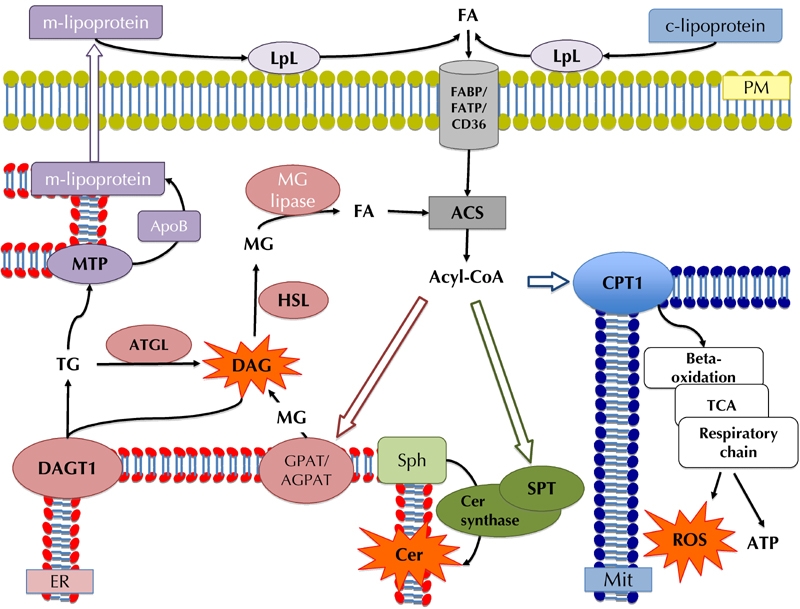Figure 1. Enzymatic pathways regulating fatty acid (FA) metabolism in the heart.

FAs enter the cardiomyocyte through specific transporters, and they are converted to acyl-CoA by acyl-CoA synthethase (ACS). Acyl-CoAs might be used for β-oxidation (blue pathway), or they can be diverted to non-oxidative pathways, including esterification and TG synthesis (pink pathway) and formation of lipotoxic intermediates, namely ceramides (Cer) (bottom, green pathway). Reactive oxygen species (ROS) and diacylglycerol (DAG), resulting from oxidation or esterification, are also toxic intermediates. Intracellular TG may accumulate in lipoproteins (top left, purple pathway) to be eventually released in the circulation, or be hydrolyzed by adipose tissue triglyceride lipase (ATGL), leading to intracellular release of FA. Intracellular FAs can follow one of the pathways mentioned above, with further accumulation of cytotoxic molecules. Potentially toxic products are shown in orange. Abbreviations: Acyl-CoA: acyl coenzyme A. ACS: acyl-CoA synthetase. AGPAT: acyl glycerolphosphate acyltransferase. ApoB: apolipoprotein B. ATGL: adipose tissue triglyceride lipase. Cer: ceramide. CPT1: carnitine palmitoyl transferase-1. DAG: diacyloglycerol. DGAT1: diacylglycerol-acyltransferase 1. ER: endoplasmic reticulum. FA: fatty acid. FABP: fatty acid binding protein. FATP: fatty acid transport protein. GPAT: glycerolphosphate acyltransferase. HSL: hormone sensitive lipase. LpL: lipoproein lipase. m-/c-lipoprotein: cardiomyocyte released / circulating lipoprotein. MG: monoacylglycerol. Mit: mitochondrion. MTP: microsomal triglyceride transfer protein. PM: plasma membrane. ROS: reactive oxygen species. Sph: sphingosine. SPT: serine palmitoyl-transferase. TCA: tricarboxylic acid cycle. TG: triglyceride.
